Precision Pet Products Superior Construction Annex Chicken Coop, 10 to 15 Chicken Capacity, Extra Large
Built to last, the Precision Xl Superior Construction Annex Coop is designed to help keep chickens safe and secure. Made with 200% thicker wood panels, you can feel the difference in quality with our high-quality coop compared to other coops.
Built to last, the Precision Xl Superior Construction Annex Coop is designed to help keep chickens safe and secure. Made with 200% thicker wood panels, you can feel the difference in quality with our high-quality coop compared to other coops. It’s also designed to be easy to assemble, requiring only a screwdriver. Plus, this durable coop is made of unstained wood, allowing it to be customized with paint or stain to fit you, or your chickens individual style!
- Extra Large Size: For larger flocks or to give your chickens more room
- Superior Construction: 200% thicker wood panels (compared to 7.5mm panels)
- Easy Assembly: High-quality annex coop requires only a screw driver
- Unstained Wood: Leave as is, or paint or stain to fit your style
- Extra tall cleaning tray: to allow for a deeper layer of bedding & easier cleaning
- Durable annex coop features a solid wood construction with durable plastic roof
- Includes three internal nesting boxes
- Rear nesting box door for egg collecting
- Includes two internal and one external roosting bars
- Adjustable rear ventilation
- Sliding door to close coop at night
- Easy assembly
- For 10-15 chickens (depends on breed)
- 103.5 in. L x 56 in. W x 72 in. H – assembled product dimensions
- TSC exclusive design
Additional information
| Coop/Hutch Type | Standard coops |
|---|---|
| Door Height | 57.6 in. |
| Door Width | 26.38 in. |
| Features | UV Resistant |
| Foraging or Run Area Length | 103.5 in. |
| Foraging or Run Area Width | 56 in. |
| Frame Material | Wood |
| Location of Doors | Side |
| Nesting Area Length | 11.54 in. |
| Nesting Area Width | 16.47 in. |
| Number Of Doors/Openings | 3 |
| Number Of Levels/Stories | 2 |
| Number of Nesting Areas | 3 |
| Number Of Ramps | 1 |
| Number of Roosting Bars | 3 |
| Product Height | 72 in. |
| Product Length | 103.5 in. |
| Product Weight | 207.35 in. |
| Product Width | 56 in. |
| Recommended Number of Animals | 10 to 15 |
| Roof Material | Plastic |
| Roof Style | Sloped |
| Wall Material | Wood |
| Manufacturer Part Number | 37077D |


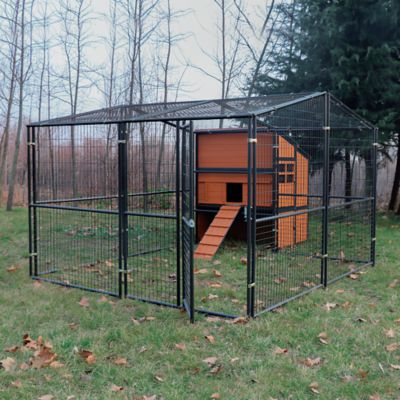

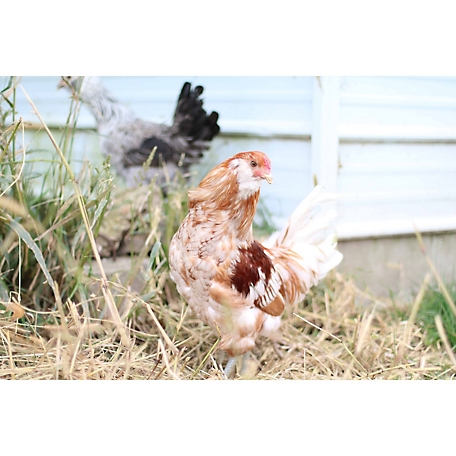
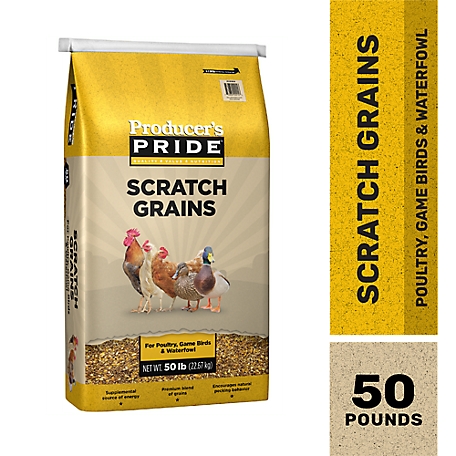
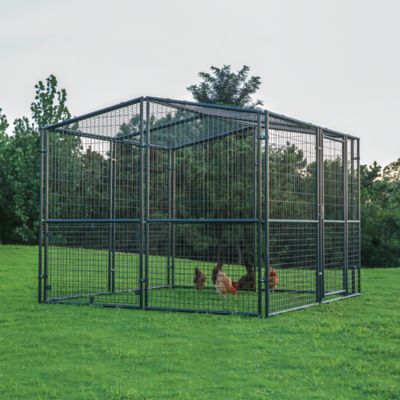


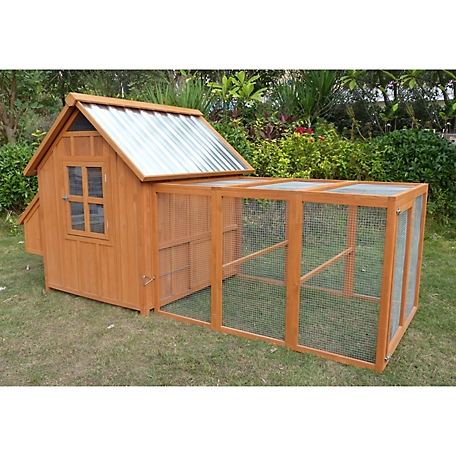
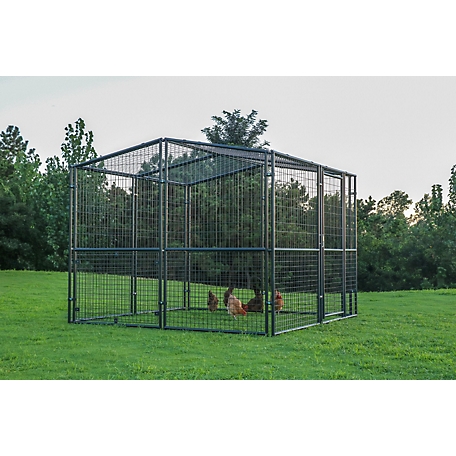
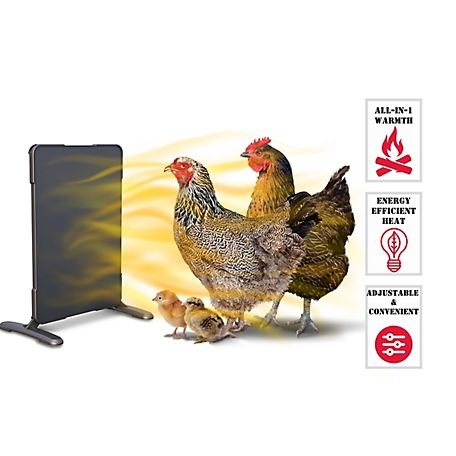
by Christina
This coop is sturdy. The space for chickens is great. I love that it comes raw so you can paint or stain it whatever color combination suits your needs. I don’t love the construction of the nesting boxes, but overall I would recommend this coop.
by Poole
Most products that say easy assembly usually aren’t. This was very easy and all the pieces were in great shape. Good materials. Still need to paint. Chickens aren’t old enough yet to move in. Can’t wait for them to try it out!